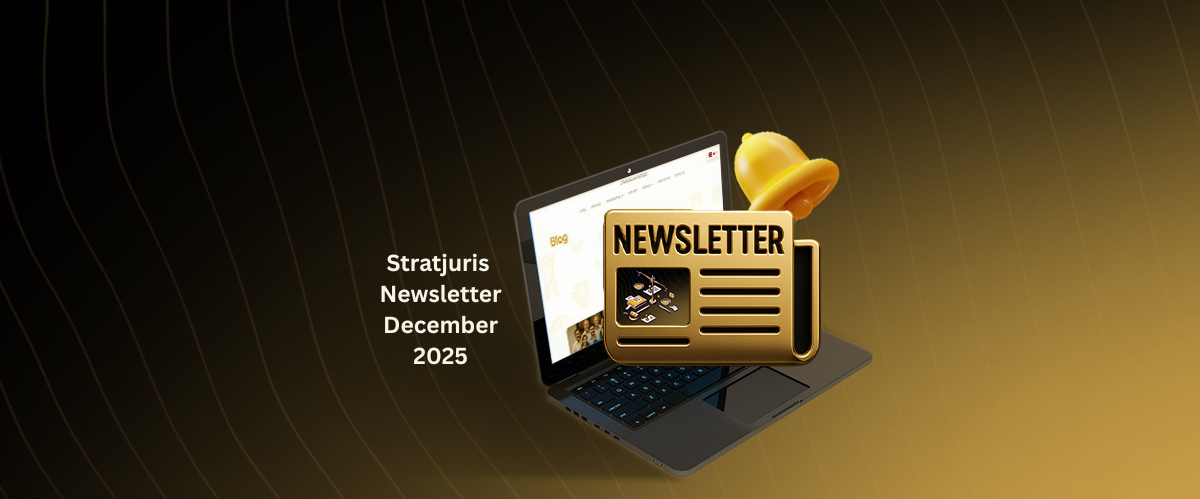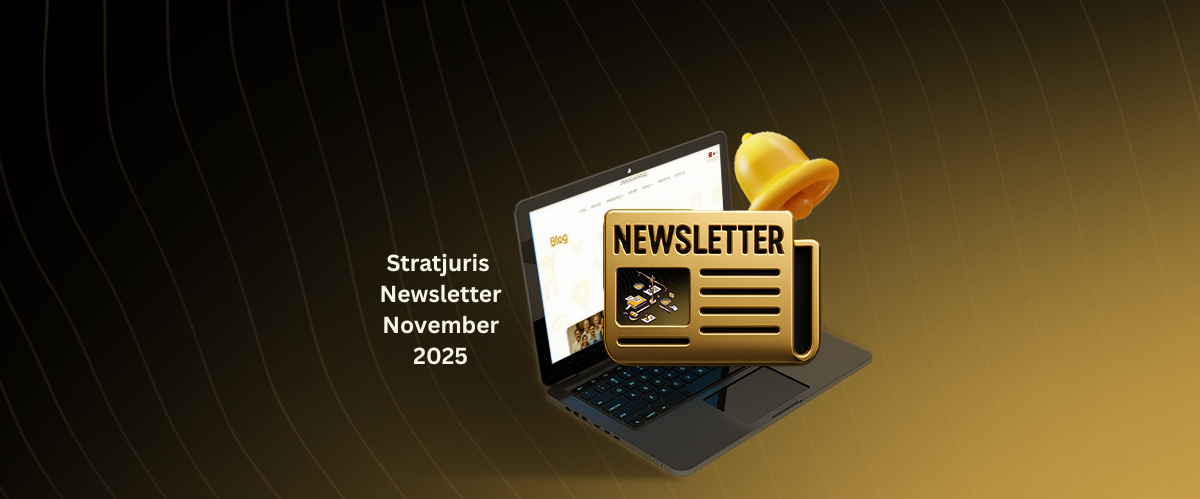 Patentability of Process for Recovery of Potassium Sulphate and By-Products: Division Bench Remands Matter on Inventive Step
Patentability of Process for Recovery of Potassium Sulphate and By-Products: Division Bench Remands Matter on Inventive Step
Facts:
Tapas Chatterjee filed a patent application (No. 201911036748) for a process to recover potassium sulphate and other valuable products from spent wash generated by molasses-based alcohol distilleries leading to a Zero Liquid Discharge (ZLD) system. The process deals with treating effluents to recover potassium sulphate, magnesium sulphate, activated carbon, and value-added products suitable as fuel or cattle feed, focusing on environmental benefits and resource recovery.
The Council of Scientific and Industrial Research (CSIR) opposed the application under Section 25(1) clauses (b), (e), (f), and (g) of the Patents Act, citing prior art and lack of inventive step.
The Assistant Controller (AC) rejected most grounds but upheld opposition under Section 25(1)(e) (obviousness/lack of inventive step) and Section 25(1)(f) read with Section 3(d) (non-patentable as a mere use of known process).
The appellant appealed, but a Single Judge upheld the rejection. This Letters Patent Appeal challenged the said judgment.
Issue
- Whether the claimed process was patentable under the Patents Act, specifically:
- Did the process involve an inventive step vis-à-vis prior art (Sections 25(1)(e) and 21(ja)
- Was it barred by Section 3(d) as being a mere use of known process or not resulting in a new product or employing a new reactant?
Arguments
Appellant (Tapas Chatterjee)
- Asserted distinctiveness over cited prior arts (US Patent D1 and Indian Standard D2), arguing that the claimed process was more efficient, environmentally beneficial, and yielded additional products not addressed by prior art.
- Highlighted that their protocol led to recovery of additional by-products like magnesium sulphate and activated carbon, not disclosed in D1 or D2.
- Challenged “hindsight combination” of prior art, arguing that D1 and D2 processes could not be motivatedly or logically combined by a person skilled in the art.
- Cited legal precedent that combination of known steps could be patentable if they result in a new product or employ new reactants; referenced judgments including F. Hoffmann La Roche Ltd. v Cipla Ltd. and Catalysts Chemicals India v Imperial Chemical.
Respondents (CSIR/AC)
- Argued that all steps in the Chatterjee application involved known chemical operations (concentration, thermal decomposition, dissolution, recovery).
- Claimed the process resulted in potassium sulphate as in the cited prior art—no new reactants, no new product.
- Asserted the process is a mere collocation of known methodologies, evident from D1 and D2 individually and in combination.
- Denied any substantial technical advance or economic significance justifying patentability.
Judgment and Conclusion
- The Division Bench found serious flaws with the AC’s as well as the Single Judge’s mechanical approach in upholding objections, criticizing the lack of detailed reasoning, ignoring distinctions in the appellant’s process, and failing to apply the correct legal tests on inventive step and Section 3(d).
- The Bench emphasized that patentability under Section 3(d) must be carefully examined: a process will not be barred if it leads to a new product or employs a new reactant, or if the process itself is substantially distinct from prior art.
- Noted that the appellant’s process recovers value-added products not taught in prior art (magnesium sulphate, activated carbon, etc.), and the steps and intermediates have unique operational differences.
- As a result, it set aside both the impugned order of the AC and the Single Judge, and remanded the matter to the Controller General of Patents, Designs, and Trade Marks for de novo reconsideration, specifically limited to the question of inventive step (Section 25(1)(e) read with Section 21(ja)) in the light of prior art, following the principles laid down in Hoffmann La Roche and the present judgment.
- The objection under Section 3(d) was rejected by the Division Bench; the matter is to be reconsidered only regarding inventive step, and no new material may be introduced by the parties.
Final Directions
- The appeal was allowed; orders of the AC and the Single Judge were quashed.
- The patent application and opposition were remanded for fresh consideration strictly on the issue of inventive step vis-à-vis the cited prior art.
- No costs were awarded.
 Abbvie Ireland Unlimited Company v. Controller General of Patents: Delhi High Court Directs Expedited Disposal of Pre-Grant Oppositions
Abbvie Ireland Unlimited Company v. Controller General of Patents: Delhi High Court Directs Expedited Disposal of Pre-Grant OppositionsFacts
Abbvie Ireland Unlimited Company filed a writ petition before the Delhi High Court, challenging the prolonged pendency and handling of pre-grant oppositions in relation to its Indian Patent Application No. 8004DELNP2011, concerning apoptosis-inducing agents for the treatment of cancer and immune/autoimmune diseases. The petitioner alleged that its patent application had been subjected to serial pre-grant oppositions for an extended period, with hearings significantly delayed and orders reserved for an unreasonable duration, leading to procedural uncertainty and prejudice against the applicant. The petitioner also contended that the identities and bona fides of several respondents (pre-grant opponents) had not been verified, and that there was no clarity on rules or guidelines governing timelines and assessment of such oppositions.
Issues
The primary issues were whether the Patent Office had unduly delayed the disposal of pre-grant oppositions filed against the petitioner’s patent application, and whether there was a lack of transparency and procedural clarity regarding the conduct and admissibility of such oppositions. The petitioner sought reliefs, including expedited disposal, verification of the credentials and qualifications of opponents, disclosure of the relevance of documents filed, disclosure of prior oppositions by the respondents, framing of timelines for disposal, and issuance of guidelines for assessment prior to issuing notices in pre-grant oppositions.
Arguments
The petitioner argued that the Patent Office had issued formal notices mechanically to the opponents without application of mind, entertained serial oppositions by ‘benami’ or proxy opponents, and reserved orders without pronouncement for a considerable time. It was submitted that the identity, qualifications, and bona fides of certain respondents had not been assessed, and that multiple reminders and representations to the authorities remained unanswered. The petitioner further prayed for the dismissal of the oppositions and quashing of the relevant notices. The respondents, including the Patent Office and various pre-grant opponents, provided status updates and explained delays relating to hearings and submissions. Some respondents indicated that hearings had been concluded, while others requested additional opportunities to present their case.
Conclusion
The Court acknowledged the prolonged pendency and procedural concerns but refrained from passing final orders on the entire matter at this stage. Instead, the Court directed the Patent Office to continue with the scheduled hearings for respondents whose matters were pending, and required the authority to pass a consolidated order disposing of all pre-grant oppositions with respect to the stated patent application on or before 31 December 2025. The Court kept rights and contentions of all parties open and permitted any remaining grievances to be agitated before the Patent Office in future proceedings. With these directions, the writ petition was disposed of, ensuring timely adjudication and maintaining procedural fairness for all parties.
 Patentability of Non-Invasive Prenatal Screening Methods: Delhi High Court Interprets Section 3(i) to Exclude NIPTs
Patentability of Non-Invasive Prenatal Screening Methods: Delhi High Court Interprets Section 3(i) to Exclude NIPTsFacts
Sequenom Inc. and Sequenom Center for Molecular Medicine filed two patent applications in India relating to “Process and Compositions for Methylation-Based Enrichment of Fetal Nucleic Acid from a Maternal Sample Useful for Non-Invasive Prenatal Diagnoses.” Both applications claimed methods for screening or testing maternal samples to enrich fetal DNA using methylation-based techniques, which were positioned as non-invasive prenatal screening tests (NIPTs) rather than diagnostic methods. The claims sought to distinguish technology that evaluates probable genetic abnormalities as screening tools, arguably not falling under the exclusionary provisions of the Patents Act regarding diagnostic methods.
Issues
The principal issue concerned the scope and interpretation of Section 3(i) of the Patents Act, 1970, which excludes “diagnostic methods” from patentability. The Court was called upon to determine whether the inventions claimed in the applications were diagnostic methods as intended by Section 3(i), and whether processes such as NIPTs, which provide probabilistic outcomes that could potentially reduce the need for invasive diagnostic tests, would fall under the exclusion.
Arguments
The appellants contended that the inventions pertained to screening processes that merely predicted the probability of certain fetal abnormalities rather than providing definitive diagnoses of medical conditions. It was argued that the exclusionary clause of Section 3(i) should be construed narrowly, and that the legislative intent of the Patents Act was distinct from the Pre-Conception and Pre-Natal Diagnostic Techniques (PCPNDT) Act, 1994, which has a broader definition of “diagnostic.” Counsel for the Patent Office, however, asserted that the claimed methods inherently provided results that serve diagnostic purposes and cannot be dissociated from medical decision-making relevant to the treatment of human beings. The respondents relied on legislative history, TRIPS Agreement obligations, and jurisprudence from foreign jurisdictions to argue for a broader understanding of “diagnostic methods,” which would exclude both screening and diagnostic processes practiced on the human body, regardless of whether the outcome was definitive.
Conclusion
The Court held that methods like NIPTs, which can identify fetal abnormalities and have immediate implications for medical decision-making, are sufficiently diagnostic in nature to attract the exclusion under Section 3(i) of the Patents Act. The Court observed that the purpose of such exclusions is to ensure free and unencumbered practice of medicine and prevent monopolization of critical medical knowledge and processes. The judgments emphasized that product claims (including kits or apparatus) may be patentable, provided they do not fall squarely within process-oriented exclusions. Ultimately, both appeals were dismissed, and the patent applications stood rejected as being non-patentable diagnostic methods under Section 3(i) of the Patents Act, 1970.
 Delhi High Court Upholds Refusal of Interim Injunction in Roche v. Natco (Risdiplam Case)
Delhi High Court Upholds Refusal of Interim Injunction in Roche v. Natco (Risdiplam Case)Sections 64(1)(e), 64(1)(f), and 64(1)(j) of the Patents Act5, 1970
Background
In a judgment dated 9 October 2025, the Delhi High Court (Division Bench) upheld the order of the Single Judge refusing to grant F. Hoffmann-La Roche AG (“Roche”) an interim injunction against Natco Pharma Limited (“Natco”) in relation to the drug Risdiplam (marketed as Evrysdi), used in the treatment of Spinal Muscular Atrophy (SMA). Roche, the proprietor of Indian Patent No. IN 334397 (valid until 11 May 2035), alleged that Natco’s manufacture and sale of generic Risdiplam infringed its patent rights. Natco, in response, denied infringement and challenged the patent’s validity on grounds of anticipation, obviousness, and misrepresentation under Sections 64(1)(e), 64(1)(f), and 64(1)(j) of the Patents Act, 1970, relying particularly on Roche’s earlier genus patents, WO 2013/119916 (WO’916) and US 9,586,955 (US’955), which disclosed Markush structures for compounds intended to treat SMA. The Single Judge, by order dated 24 March 2024, held that Natco had raised a credible challenge to the validity of Roche’s patent and therefore declined interim relief. Roche subsequently appealed.
Court’s Analysis
The Division Bench examined three primary issues: (i) whether Risdiplam lacked novelty in light of the genus patents; (ii) whether the compound was obvious to a person skilled in the art; and (iii) whether appellate interference was justified under Wander Ltd. v. Antox India (P) Ltd.
On novelty, the Court clarified that mere inclusion of a compound within a broad Markush or genus claim does not amount to specific disclosure. It held that for a species patent to lack novelty, the prior art must clearly and unambiguously enable a skilled person to synthesize the claimed compound. While Risdiplam was encompassed within the scope of the genus patents, there was no explicit disclosure or enabling teaching for its preparation. Thus, the claim was not anticipated under Section 64(1)(e).
On inventive step, however, the Division Bench found no reason to interfere with the Single Judge’s finding that the Risdiplam patent was prima facie obvious under Section 64(1)(f). The Court noted that Risdiplam and Compound 809 disclosed in WO’916 shared nearly identical molecular structures, differing only by the substitution of a –CH group with a nitrogen atom—an established bioisosteric replacement in medicinal chemistry. Given the shared inventors and similar chemical teachings, the Court held that a person skilled in the art could have arrived at Risdiplam through routine optimization. Applying the Wander principle, the Bench reiterated that appellate interference with a discretionary order is warranted only where there is a clear misapplication of law or perversity in reasoning, neither of which was found in this case.
Conclusion
The Division Bench dismissed Roche’s appeal, affirming the Single Judge’s refusal to grant interim relief. The decision reinforces the distinction between coverage and disclosure in patent law, and underscores the high threshold for establishing inventive step in pharmaceutical species patents derived from genus disclosures. The ruling also signals judicial reluctance to grant injunctions where a credible challenge to validity exists. With the appellate decision now paving the way for generic Risdiplam to enter the Indian market, Roche has approached the Supreme Court of India seeking to restrain Natco’s launch. The outcome of that proceeding will likely have significant implications for genus-species patenting and incremental pharmaceutical innovation in India.
 Delhi High Court’s 2025 Decision in Koninklijke Philips N.V. v. M. Bathla
Delhi High Court’s 2025 Decision in Koninklijke Philips N.V. v. M. BathlaBackground
In a judgment delivered in 2025, the Delhi High Court dismissed Koninklijke Philips N.V.’s long-running infringement claim against BCI Optical Disc Ltd. and its director M. Bathla concerning Indian Patent No. 175971, titled “Digital Transmission System.” Philips alleged that the defendants’ Video CD (VCD) replication process infringed its patent, which was integral to the MPEG-1 audio and video standard. The patent, granted in 1998 and expired in 2010, covered systems for digital audio compression, transmission, and decompression. Philips claimed that BCI Optical’s VCD replication necessarily used its patented process and sought damages and injunctive relief.
The defendants denied infringement, contending that they merely replicated data from pre-recorded Master CDs onto blank discs without engaging in any compression, transmission, or decompression steps described in Philips’ patent. The proceedings, initiated in 2004, continued well past the expiry of the patent, leaving only the question of whether Philips could prove past infringement and obtain damages.
Court’s Analysis
The Court reiterated the “all-elements test”, holding that to establish infringement, a patentee must demonstrate that every element of a claim is present in the accused product or process. Mere similarity of end results is insufficient. Applying this standard, the Court found that Philips failed to produce any credible technical evidence showing that the defendants’ replication process performed the specific transmission and compression steps claimed in the patent. Philips had not examined the defendants’ machinery and relied solely on analysis of finished discs, which only reflected end-data conforming to MPEG-1 format, not the method by which that data was produced.
The Court emphasized the necessity of claim-by-claim mapping and independent expert evidence, as required under the Delhi High Court (Patent Suits) Rules, 2022, particularly when asserting Standard Essential Patents (SEPs). Philips’ self-prepared claim charts and internal reports were deemed insufficient to prove essentiality or infringement. The Court also drew a crucial distinction between “replication” (copying pre-compressed data from Master CDs) and “manufacturing” (performing the patented compression and transmission steps). Since the defendants’ activity involved mere duplication, it did not fall within the scope of Philips’ claimed process.
Given that the patent had expired in 2010, the Court clarified that no injunction could be granted. Further, as infringement was not established, Philips was not entitled to any damages for the past period of patent validity.
Conclusion
The Delhi High Court’s decision reinforces the evidentiary and procedural rigor required in Indian patent litigation, particularly in technology and SEP enforcement. It underscores that patentees must present technical, claim-specific, and expert-verified evidence to prove infringement. The ruling also clarifies that replication of pre-existing data does not amount to use of a patented manufacturing process and that expired patents cannot form the basis for injunctive relief.
For patentees, the judgment is a reminder that ownership of a standard-related patent does not automatically establish infringement, proof, precision, and process mapping are indispensable. For businesses, it provides comfort that courts will not extend patent monopolies beyond their legitimate scope without clear, technical substantiation.


